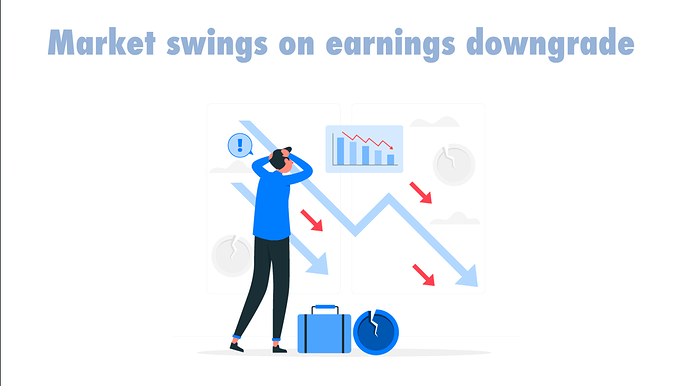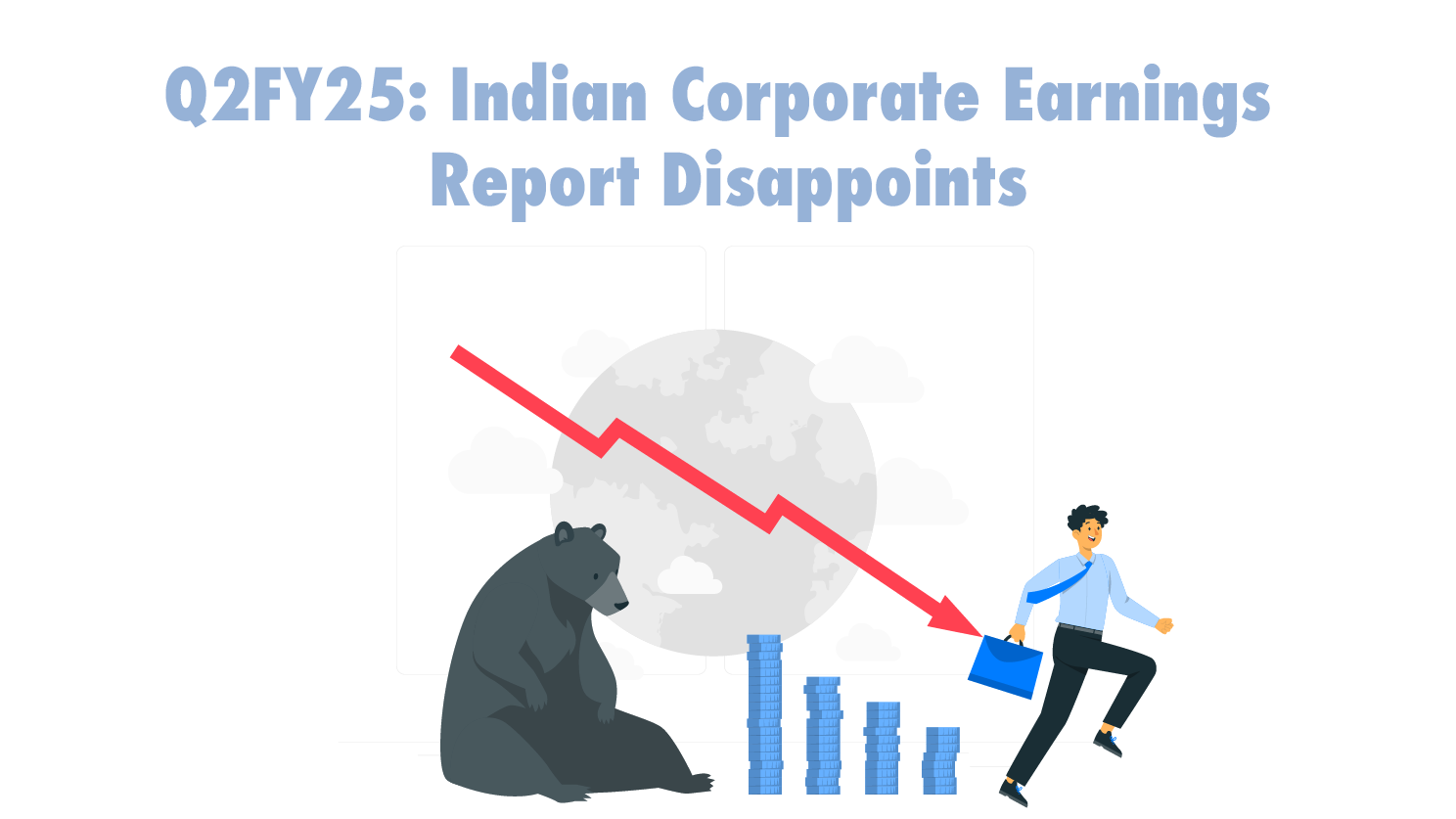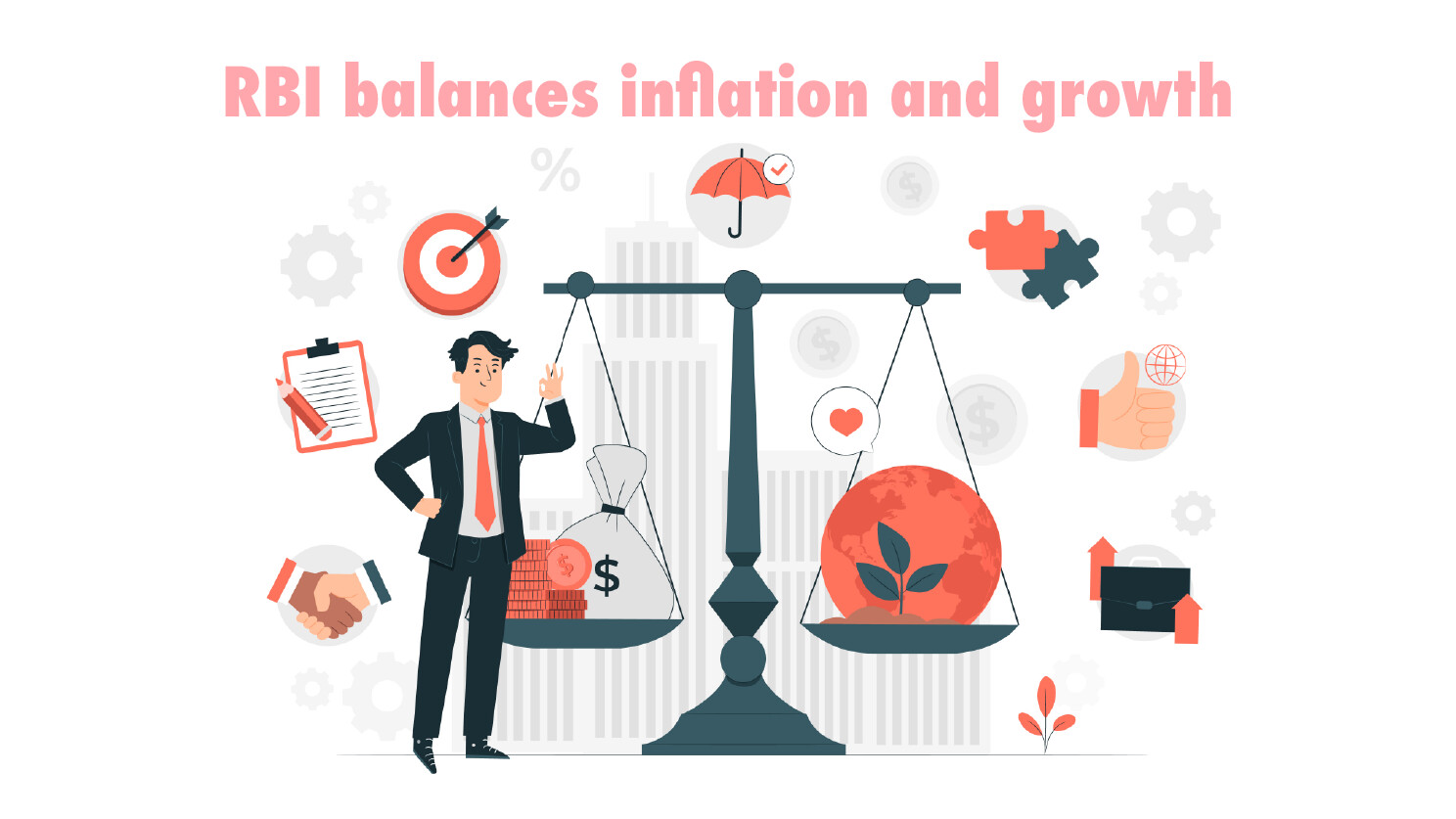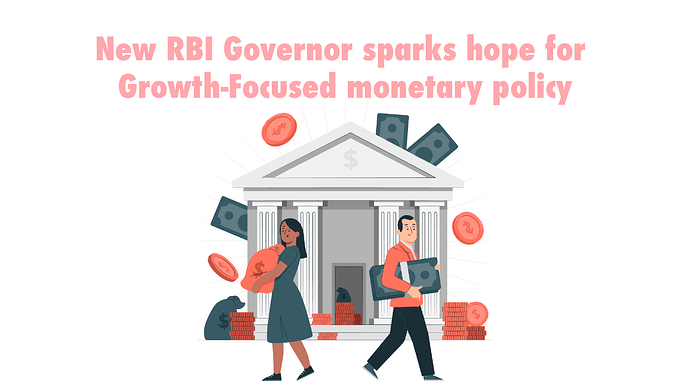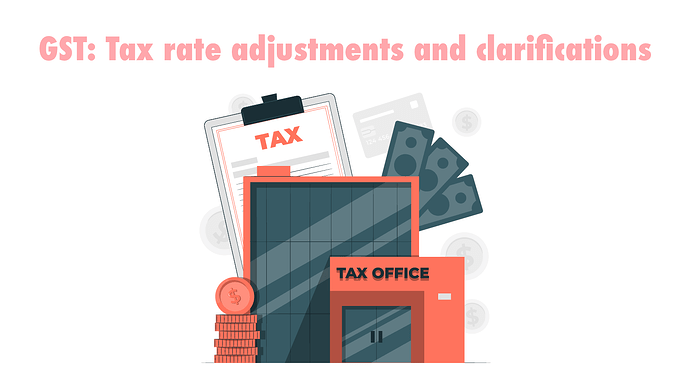Market Mode & Mood: Wait & Watch
The Indian equity market displayed a mixed performance in the past week🫨, with the benchmark indices, Sensex and Nifty 50, closing flat due to profit-booking in blue-chip stocks and significant Foreign Institutional Investor (FII) outflows😵. The Nifty 50 experienced a 0.8% decline, closing at 24,205.35, though down from the previous week. However, sustained inflows from Domestic Institutional Investors (DIIs) and decreased oil prices🛢️helped mitigate losses in key indices. The week’s performance paused the four-week downward trend for the Sensex and Nifty.
Overall, the Indian equity market exhibited a cautious and volatile trend during the Diwali week, with investors closely monitoring global economic conditions and domestic factors. While the benchmark indices remained relatively stable, the divergent performance of mid-cap and small-cap stocks highlighted the sector-specific dynamics at play.
Market swings on earnings downgrade
The Nifty 50 index has experienced a significant decline of 6% since October 1st, driven by a sharp downward revision in FY2025 Earnings Per Share (EPS) estimates. As per media reports, Bloomberg’s consensus Nifty EPS for this fiscal year was slashed by 13% in October, a substantial downgrade from the 2% reduction in September. This divergence between Bloomberg’s estimates and the Nifty bottom-up estimate highlights analysts’ waning confidence in an imminent earnings recovery📈.
Nearly half of the Nifty companies have faced EPS cuts exceeding 1% in October, according to a report from Emkay Global Financial Services. The Bloomberg FY2025 EPS estimate plummeted by 40% from its April 1st level, underscoring the severity of the downward revision.
A key concern is the sluggishness🐌in broad-based consumption, particularly urban consumption, despite a gradual improvement in rural consumption. The banking and non-banking finance sectors also exhibit areas of concern.
Bloomberg’s aggressive earnings downgrade likely triggered significant selling by foreign portfolio investors in the cash market during October, exacerbating the downward pressure on indices, even as domestic institutional investors partially offset this selling.
The week ahead for India
The upcoming US election🗳️, a closely contested race between Democrats and Republicans, is set to dominate the week. With both sides neck-and-neck, particularly in swing states, the outcome remains uncertain. The implications for India, especially its equity markets, are significant.
Market sentiment has been dampened by a combination of factors: high valuations, geopolitical tensions, and China’s new stimulus package. Corporate earnings are also under pressure due to rising costs and supply chain disruptions caused by the ongoing conflicts in Ukraine and the Middle East. Oil prices, though currently stable, could escalate if geopolitical tensions worsen. Foreign institutional investors (FIIs) are pulling out, signalling underlying concerns about growth. While rural demand has shown resilience, urban consumption is weakening. The auto sector🚗, though positive, still has pockets of concern. With many big companies yet to announce their quarterly earnings, uncertainty persists.
To stay updated on actionable insights, visit :_https://tinyurl.com/2yuwjf5t
Disclaimer: This content is for educational purpose only. https://sam-co.in/6j

